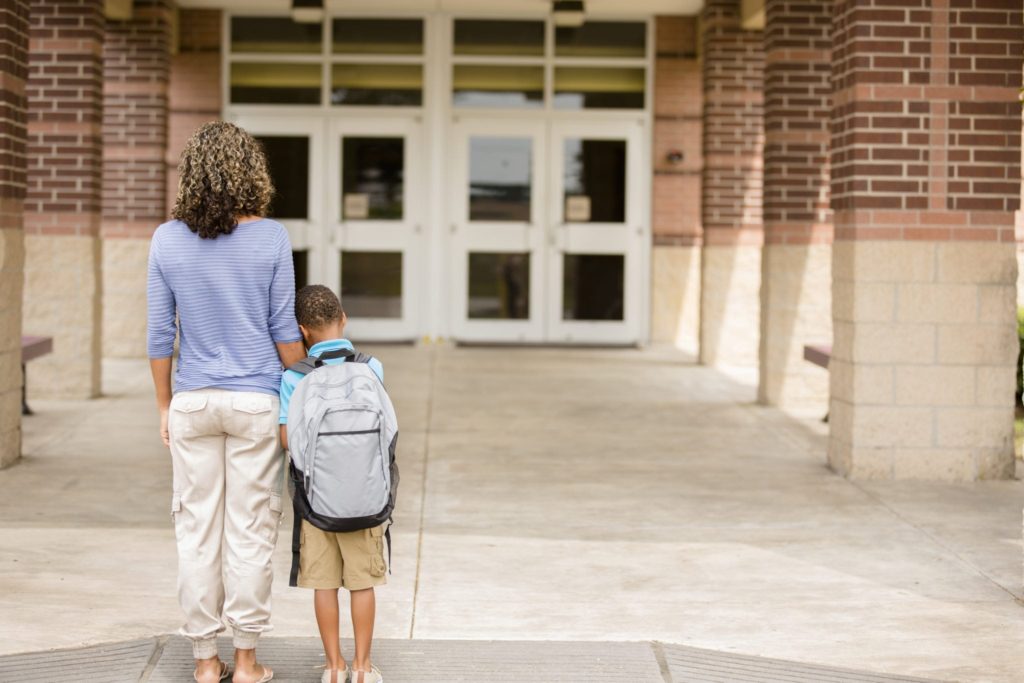
Pulitzer Prize winner and intellectual icon Toni Morrison has received national attention that has forced students to fight for the right to high-quality education. A rash of bills pushing against so-called “Critical Race Theory” and calling for “transparency” has been sweeping through state legislatures, with her novels Beloved and The Bluest Eye at the top of the list of books being removed from classrooms and libraries.
What is clear from these bills is that these proponents of “transparency” want nothing of the sort. They fully recognize that not only does transparency already exist, but that districts and schools work hard to engage parents, families, and community members. Pushed by individuals and groups that have long sought to undermine public education, these bills aim to reduce authentic engagement between parents and schools to a formal documentation of lesson plans, so that schools will be overwhelmed with paperwork and bureaucracy.
As a former teacher, Beloved was always one of my favorite books to teach, not just because it is a literary masterpiece, but because it pulls students into deep meaning-making and complex discussions about our collective humanity. Morrison weaves a story of ghosts and fantasy from the real-life moment when Margaret Garner, who escaped enslavement in 1856, murdered her daughter as a merciful alternative to a return to chattel slavery. This daughter, the titular Beloved, returns as a ghost to haunt Garner’s fictional complement in Sethe. As Morrison explains in a PBS interview soon after the novel’s release, she said she wanted Sethe to:
“…actually sit down at the table with the thing she’s been trying to avoid and explain away, which is this past, this terrible thing that happened—to confront it. As a way of saying that’s what the past is—it’s a living thing. It’s this relationship between ourselves and our personal history and our racial history and our national history—that sometimes gets made sort of distant, but if you make it into a person, then it’s inescapable, the confrontation.”
Our purpose as educators is to do for students precisely what Morrison does for Sethe — sit them down at the table with things that are true and hard. Students do not learn and become independent by being shielded from struggle, but by being supported through it by the collaborative efforts of teachers, parents, and communities. Whether students wrestled with Beloved’s literary or moral complexity, their persistence through challenging materials in my classroom was never simply from my teaching or even from the meaningful discussions they had with one another in the classroom. As we all know, it takes a village to raise a child. Like most teachers, I encouraged and sought out parent involvement and their perspectives wherever possible. I put materials online through resources like Schoology and Edmodo, I made videos and recordings, I talked directly to parents if there were ever any issues, and I found alternative texts for students to read on the rare occasion the parent felt it was necessary. The education process is collaborative, communicative, and open, and our way beyond COVID-19 is to build on those elements. However, some on the right would want us all to avoid and explain away that reality in favor of a darker fantasy in which parents and schools are and should be divided.
The path to take at this moment, as communities continue grappling with the myriad complications that COVID-19 has had on schooling, is not to legislate parent and school relationships, but to invest resources into authentic family engagement. Transparency is an important lever of authentic family engagement, especially when paired with strong relationship building and capacity building.
Strong relationships provide a foundation for student engagement, belonging, and learning. Those relationships require the time, space, and occasions for interaction that come from dedicated funding and resources. Parent, student, and community voice can be purposefully built into a school’s formal decision-making processes, and that is not accomplished by requiring teachers to repost materials online. Models like community schools emphasize partnerships with community-based organizations as a lever for engaging community from the ground-up and gathering insight into not local academic and social service needs. These efforts to actively build “relational trust” lead to improved attendance, persistence, and academic success.
Parental trust has always been an important ingredient for school success, and despite the complications of the pandemic and claims to the contrary, parental trust has remained strong. Successful programs thus far have been those that maintain positive relationships and prioritize both safety and family connections.
As we make our way through the pandemic and envision schooling beyond it, district and school leaders should be supporting parent and teacher relationships, not dividing them through censorship or bureaucratic burden. We must cast aside divisive rhetoric and fight for the great work already being done and for models that center trust to include actual transparency and so much more.
-------------------------
By: William Rodick
Title: A Transparent Attempt to Divide Parents from Their Children’s Schools
Sourced From: edtrust.org/the-equity-line/a-transparent-attempt-to-divide-parents-from-their-childrens-schools/
Published Date: Tue, 29 Mar 2022 19:06:30 +0000
Read More
Did you miss our previous article...
https://prohealthsciences.com/pandemic-news/the-first-cohort-of-justice-policy-fellows-graduates
 General Health and WellnessFitness and ExerciseSupplements and VitaminsPandemic NewsVideosPrivacy PolicyTerms And Conditions
General Health and WellnessFitness and ExerciseSupplements and VitaminsPandemic NewsVideosPrivacy PolicyTerms And Conditions
